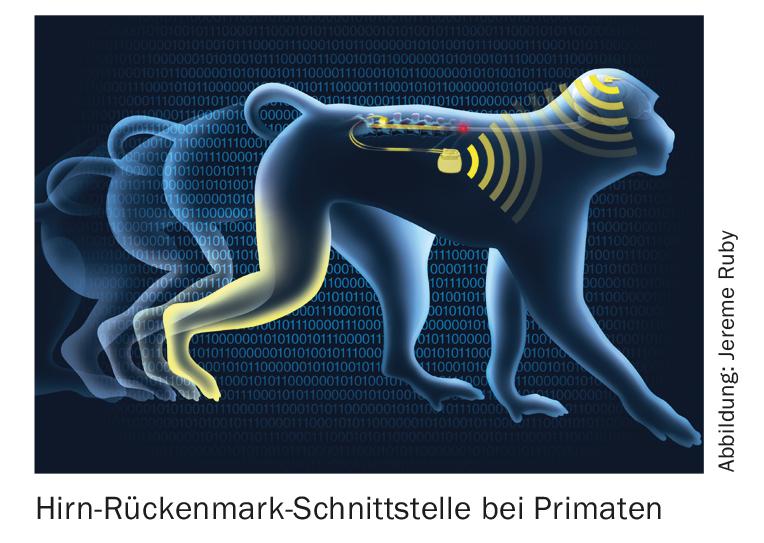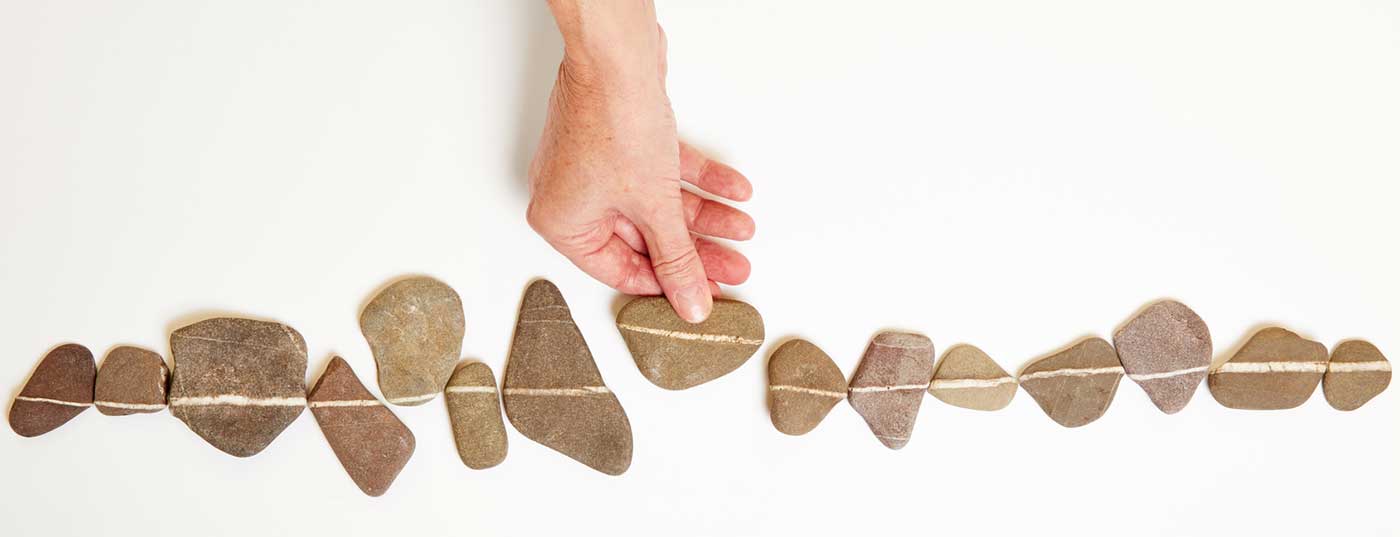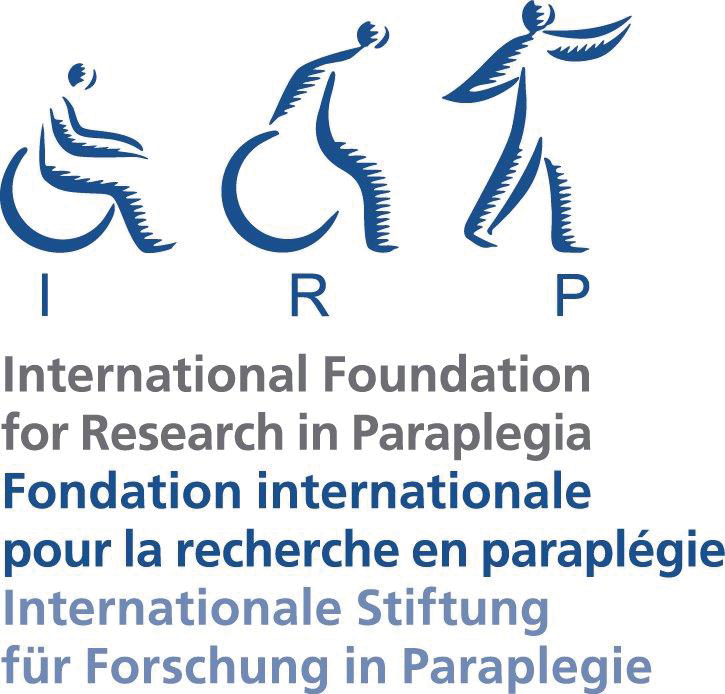Having funded the IRP Spinal Cord Repair Chair at EPFL, held by Prof. Grégoire Courtine, since 2012, the IRP is participating in the funding of the clinical trial that has started in collaboration with Dr. Jocelyne Bloch at CHUV, Lausanne. The study, called STIMO – for Stimulation of the Spinal Cord in Paraplegics – will involve eight paraplegic patients whose spinal cords are partially injured. Before reporting on the progress of this project, the IRP is pleased to share the results the two researchers have achieved with primates*.
On June 23, 2015, a primate injured in the spinal cord regained control of its paralyzed leg thanks to a neuroprosthetic system: Thanks to a “brain-spinal cord interface”, the injury was bridged, communication between the brain and the spinal cord was restored, and thus the mobility of the leg. These research results were published in the journal Nature on November 9, 2016, and have caused a worldwide sensation.

The interface deciphers the brain activity coupled with the walking movement and transmits this information to the spinal cord – below the injury – by means of electrodes that stimulate that nerve pathway that activates the muscles responsible for walking.
This neuroprosthetic interface was designed at the EPFL and developed in international collaboration with Medtronic, Brown University and Frauenhofer ICT-IMM. It was tested with the collaboration of the University of Bordeaux, Motac Neuroscience and the CHUV in Lausanne.
“It’s the first time a neurotechnology has restored locomotion in primates,” says neuroscientist Grégoire Courtine, chair of Spinal Cord Repair at EPFL, who led the project. “But there are still many challenges ahead, and we may need several more years before all the components of this intervention can be tested in humans.”
Wireless transmission on both sides of the injury
“To set up this brain-spinal cord interface, we developed a real-time wireless system that allowed a primate to move freely without being affected by wired electronics,” Courtine explains. “We were able to extract the brain signals that control leg bending and extension using a mathematical algorithm. Then we linked these deciphered signals to the stimulation of specific areas of the spinal cord that cause the walking movement.”
In partial injuries, scientists have shown that the brain-spinal cord interface functions immediately. The researchers think it should also be effective for more severe spinal canal injuries, possibly with the help of pharmaceutical agents. It should be taken into account that in the case of partial spinal cord injuries, the primate may spontaneously regain full mobility after three months of rehabilitation.
Clinical trials
“The link between deciphering the brain and stimulating the spinal cord – so that communication is established – is completely new,” says neurosurgeon Jocelyne Bloch of CHUV in Lausanne. She heads the department of functional neurosurgery and has placed the implants in the brain and spinal cord.
“For the first time, I can imagine a completely paralyzed patient being able to move his legs again thanks to the brain-spinal cord interface,” she continues.
In collaboration with the EPFL and Prof. Courtine, Dr. Jocelyne Bloch is currently leading a clinical feasibility study to evaluate the therapeutic potential of spinal cord stimulation technology (STIMO), without an implant in the brain. The goal is to improve walking in patients who have a partial spinal cord injury.
* Source: ETHL press release
HAUSARZT PRAXIS 2016; 11(12): 6













